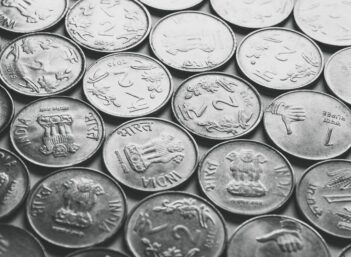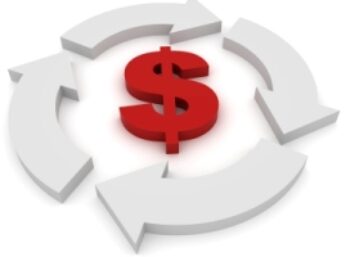What is a Day Cycle?
A day cycle is a period of time for sending ACH debits and credits for settlement.
How Does a Day Cycle Work?
The Automated Clearinghouse (ACH) network allows companies and consumers to send payments from one account to another. ACHs were born in the early 1970s after the use of checks became very popular and banks needed a faster way to process them all.
Through the ACH system, financial institutions anywhere in the U.S. can exchange payments under a common set of rules and procedures. The day cycle, between 8 a.m. and 1 p.m. Eastern time, are the hours for exchanging the electronic files necessary to do this.
Why Does a Day Cycle Matter?
The ACH network is the electronic foundation for moving money and information about money. Billions of ACH transactions take place in a year. If you have your paycheck directly deposited into your bank account, for example, you're using the ACH network.
Essentially, ACHs eliminate the need to write checks for payments, but they depend on the day cycle (and a similar night cycle) for those transactions to actually occur.



